
Pentru traducere automata, fa click aici – Romanian
- Download from 1600 free Martyn Lloyd-Jones sermon recordings in mp3 format here
- Read Part 1 – Introduction here
by Eryl Davies – Principal of the Evangelical Theological College of Wales and Editor for Foundations a journal of Evangelical theology for the British Evangelical Council (18th October 1966 edition) (Note: due to length, and so it can be easier on the eyes, all emphasis -dark shading- is mine)
18th October 1966: Its context, message and significance
Eryl Davies
It is important to understand what actually happened on the 18th October 1966. Facts are my concern here, not fiction however imaginative or prejudiced. Sadly, some have misunderstood and even misrepresented the message and motives of Lloyd-Jones on this occasion. A later article briefly illustrates what religious papers at the time reported and also how more recent books view the significance of the occasion. Facts · are important and one major purpose of this article is to establish what Lloyd-Jones said and the context in which he said it. I also intend to pinpoint some areas of challenge, too, for the contemporary scene. We must continue to learn from 1966 and grapple with the questions and issues raised by Lloyd-Jones. These issues are relevant not because Lloyd-Jones articulated them, but because they involve Biblical and abiding principles which we ignore only at our peril.
I will employ a question and answer approach in this article. One reason for adopting this approach is that annually my students ask me many ofthese questions as we examine the subject of ecumenism in class. We ponder long on the subject and perhaps these questions are also your own questions. Another reason for adopting this style is that the information may be more digestible and interesting.
c> Why should we bother to mark the 30th anniversary of this date?
Well, it was, as we will see, an historic occasion which has had major implications for the nature, unity and future of evangelicalism in the United Kingdom. A major division occurred amongst British Evangelicals, especially between Anglican Evangelicals and their non-conformist brethren. It would be tragic if no-one marked this anniversary or failed to reflect seriously on its abiding significance.
c> Who arranged the National Association of Evangelicals (NAE) at which Lloyd-jones spoke in 1966?
The NAE was arranged by the Evangelical Alliance (EA). When the EA arranged the first NAE in 1965, its General Secretary at the time, Rev. Gilbert Kirby, acknowledged „we had considerable doubts as to the degree to which it would be supported”. However, they were reassured of the rightness in calling that initial NAB and the EA leadership also recognised the need for a second NAB in 1966.
c> Why hold a second NAE? Was there a need?
It is appropriate to allow Gilbert Kirby to answer these two related questi()ns. In extending a welcome in the Conference Delegates’ Handbook to delegates to the second NAE, Kirby explains: „It soon became clear at the last Assembly that the question of Christian unity was uppermost in many minds. Acting on the wishes clearly expressed at the Assembly, the Alliance brought into being a Church Unity Commission, which has met on many occasions over the past months, and which is due to present a report at the forthcoming Assembly. Clearly we must give adequate time to the consideration of this vital subject…”.1
o Did the 1966 NAE spend all or most of its time discussing unity?
No, not at all. Again, Kirby writes: „…indeed the first full day of the Assembly will be very largely devoted to it. On the Tuesday evening at the opening rally .. .it is expected that Dr Martyn Lloyd-Jones will also speak to this theme. We feel it would be wrong, however, to devote the whole of our time together to one particular theme, important as that may be. On the second full day of Conference, therefore, we propose to devote our attention, first of all to certain current issues relating to moral and spiritual matters, and then to the Unfinished Task of Evangelism at home and abroad”.2 However, it is fair to add that the challenge and impact of the address by Lloyd-Jones in the first meeting overshadowed the rest of the Conference.
o Who attended the NAE?
Delegates from local churches, Fellowships, Societies and Denominations affiliated to the Evangelical Alliance.3
o Tell me more about the Commission on Church Unity which was established by the 1965 NAE.
During the first NAE in 1965 it was apparent that Evangelicals of all denominations were „vitally interested”4 in the question of Christian unity. The purpose of the Commission was „to study radically the various attitudes of Evangelicals to the Ecumenical Movement, denominationalism and a possible future United Church”. The 1965 NAE insisted that those elected to serve on the Commission should be „from within the membership of the Evangelical Alliance”. The Revs Peter Johnston (CotE) and John Caiger (Baptist) shared the chairmanship of the Commission. Other Commission members included Canon Frank Colquhoun (CotE), Rev. TH Bendor- Samuel (F1EC), GCD Howley (Brethren), Rev. Godfrey Robinson (Baptist) together with the Executive secretaries, Rev. Gilbert Kirby (Congregationalist), Rev. J Hywel Davies (Elim) and David Winter (CotE).
o Is it correct that Lloyd-Jones attended the Commission? Yes, it is correct. In addition to Lloyd-Jones, several others members of the Westminster Fellowship also agreed to speak to the Commission. The following people attended in person at the request of the Commission :
- Rev. Canon T G Mohan, CofE Evangelical Council Rev. W M D Persson, CotE Evangelical Council
- Rev. John A Job, Methodist Revival Fellowship
- Rev. Hon Roland Lamb, Methodist Revival Fellowship
- Rev. Ronald S Luland, Baptist Revival Fellowship
- Rev. Stanley J Voke, Baptist Revival Fellowship
- Rev. Geoffrey R King, Baptist Revival Fellowship 8
- Rev. E S Guest, Congregational Evangelical Revival Fellowship
- Dr D Martyn Lloyd-Jones, Westminster Chapel
- Rev. Alfred F Missen, British Pentecostal Fellowship
- Derek Warren, Christian Brethren Rev. HJones, Free Church ofEngland
- Rev. E Gregory, Free Church of England
- Rev. Dr JD Douglas, Church of Scotland
- Rev. Murdo A McLeod, Free Church of Scotland
- Rev. Kenneth H Bell, Presbyterian Church of England Rev. lain Murray, Grove Chapel, Camberwell
c::> How did the Commission define key-terms like ‘evangelical’ and ‘ecumenical’?
The term „evangelical” was used „in its more restricted sense to denote ‘conservative evangelical”‘ while „ecumenical” was understood „primarily with reference to the World Council ofChurches”.5 The Commission in using the term „United Church” understood it as referring to „a possible United Evangelical Church mentioned in the resolution passed at the 1965” NAE.
c::> What conclusions did the Commission come to?
There were „definite conclusions”, namely:
- „There is no widespread demand at the present time for the setting up of a united evangelical church on denominational lines”.
- „There is a strong demand for the strengthening of the links between evangelical churches of varying traditions”.
- „This does not mean that there could not be an effective fellowship or federation of evangelical churches at both the local and nationallevel”.6
c::> Did the EA know in advance which subject Lloyd-Jones was going to speak on in 1966 and the burden of his address?
Lloyd-Jones had previously shared in private with the members of the Commission his own views of Christian unity. He was then „asked to say in public what he had said in private”.7 In his opening remarks to the Conference, Lloyd-Jones announced that „My subject is Church unity, and I am speaking on this at the request of the Commission.. .It was the members of the Commission themselves who asked me to state in public here tonight what I am now proposing to say to you. So it is really their responsibility. They have already heard it, and they asked me to repeat it to you”. John Stott also knew in outline what Lloyd-Jones would say and was given ten minutes prior to the main speaker to state his own view on unity.
c::> Can you summarize the main message of Lloyd-Jones at the second NAE?
Only with some difficulty! Obviously it is better to read and study the whole address for it is available to us in Knowing the Times.8 On the other hand, it can be helpfu(to summarize the address in order to feel its challenge and to reflect on its message again.
For convenience, I am dividing his address in three ways :
Introduction
In his introduction, Lloyd-Jones made several points. One, that the doctrine of the Church is prominent in the New Testament itself. Two, it is a „most urgent”9 and relevant subject especially because of the Church’s contemporary condition in the world. Three, the formation Of the WCC in 1948 haS Created „an entirely neW situation”,10 „such as has not been the case since the Protestant Reformation”. In 1966 he observed that Protestant denominations were „prepared to reconsider their whole position” which included a new and more favourable attitude towards Rome. Tragically for Lloyd-Jones, Evangelicals hardly ever discussed ecclesiology and always appeared negative towards ecumenism.
Questions
At the heart of the address were three major questions:
- „Are we content, as Evangelicals, to go on being nothing but an evangelical wing of a Church” and where the majority have liberal views of the Bible?
- „Where are we to start in this whole matter?” Again, he observed a cleavage in which some merely wanted to „modify” and „improve” the situation rather than reform in the light of the New Testament. This raises „the question”,12 what is the Christian Church? For Lloyd-Jones, the New Testament maintains that the Church comprises believers, „living people” who embrace the Biblical doctrines „essential to salvation”.
- What is the sin of schism? Arguing from 1 Corinthians, he claims that „schism is adivision among members of the true visible Church about matters which are not sufficiently important to justify division”, „holding the same doctrines but dividing over persons”. Only Evangelicals, therefore, can be guilty of the sin of schism so that to secede from a mixed denomination is not schismatic.
Challenge
- A „What reasons have we for not coming together?” Lloyd-Jones insisted that it was inconsistent to remain within a mixed denomination such as Anglican or Methodist.
- B „Do we not feel the call to come together, not occasionally, but always? It is a grief to me that I spend so little of my time with some of my brethren…I am a believer in ecumenicity, evangelical ecumenicity. To me, the tragedy is that we are divided … ” Y
- C „But have we a right to ask His blessing upon churches which spend most of their time in arguing about the essentials and the vitals of the faith? Surely, the Holy Spirit will only bless His own Word, and if those of us who believe it would only come together, stand together as churches, constantly together, working together, doing everything together, bearing our witness together, I believe we would then have the right to expect the Spirit of God to come upon us in mighty revival and re- awakening” .16
- D „There are great problems confronting us if we act on these principles. But has the day come when we, as Evangelicals, are afraid of problems?…we are living in tremendous times…in one of the great turning points of history…there has been nothing like this since the Sixteenth Century. It is a day of glorious opportunity… And who knows but that the Ecumenical Movement may be something for which, in years to come, we shall thank God because it has made us face our problems on the Church level instead ofon the level ofmovements, and really brought us together as a fellowship, or an association, of evangelical churches. May God speed the day”.17
c::> Is it true that Lloyd-jones wanted a united evangelical Church?
No, this is a misrepresentation of his message and call. It was not one monolithic evangelical church he wanted but rather a meaningful and real „fellowship or an association of evangelical churches”. His independent approach to church government comes through here. Addressing the Westminster Fellowship in Welwyn in June 1965, he insisted: „I have not proposed a new church”.18 However, there was confusion on this point, but it was not the fault of Lloyd-Jones. For example, it was a member of the Westminster Fellowship, Don Davies, who moved the EA resolution in 1965 that a Commission should consider „a possible future United Church~’ and this in turn was interpreted by the EA to mean „a united evangelical church on denominational lines”.19
Nevertheless, it was not what Lloyd-Jones wanted. For example, in 1963 he expressed his hope for an association of churches in which there was a minimum of central control. In this context he admired Cromwell’s quest for a unity between churches which still allowed differences over church government. „That is exactly my position on these matters”, he declares, „I do not care whether a man is a Presbyterian or a Baptist or an Independent or Episcopalian or a Methodist, as long as he is agreed about the essentials of ‘the faith'”.20
c::> How did John Stott respond to the address of Lloyd-jones?
As chairman, he had already been given several minutes earlier in the meeting to express his view of Christian unity but immediately after Lloyd-Jones had spoken, Stott made an impromptu speech which included the now famous lines: „I believe history is against what Dr Lloyd-Jones has said…Scripture is against him, the remnant was within the church not outside it. I hope no-one will act precipitately…”.21 The effect was „sensational” and it „polarised”22 the meeting.
c::> What were the consequences of this meeting for evangelicalism in the United Kingdom?
One immediate consequence was a deep division both between Anglican Evangelicals and many of their non-conformist brethren, but also among non-conformist pastors and churches. The latter division over secession sadly involved, in some cases, strained and even broken relationships while the former division took the majority of evangelical Anglicans in the direction of the WCC and further away from their non- conformist brethren. Another consequence has been expressed by Hywel R Jones: „The rejection of evangelical unity in 1966 has become an adoption of ecumenical unity in 1991”.23 Anglican Evangelicals also became more committed to their denomination and in numerous ways there was a weakening on the part of some to Biblical teaching.
This is what John Gunstone had in mind when he referred to Anglican Evangelicals as the „new Evangelicals”, being „comprehensive rather than exclusive”, „more relaxed theologically” and more Anglican than evangelicai.24 For some years, too, a strongly negative attitude characterized a few of the secessionists who affiliated to the British Evangelical Council, by that time already 14 years old. Thankfully, this has given way in recent years to a more positive quest for evangelical unity.
o To what extent was Lloyd-Jones responsible for the division among post-1966 Evangelicals?
Some blame Lloyd-Jones almost completely for „rocking the boat” and dividing UK Evangelicals. They claim that he did this by introducing and pressing the ecclesiological dimension into discussions concerning Biblical ecumenism, especially the crucial question relating to the nature of the Church. This, however, is a superficial and misleading understanding of .events. For example, Lloyd-Jones was grieved by the radical departure of the historical denominations from the Bible and their willingness to commit themselves to an unbiblical ecumenism. He rightly challenged Evangelicals as to whether they should co-exist and co-operate with those in denominations who blatantly denied and opposed the essentials of the Gospel. Furthermore, Lloyd-Jones correctly perceived that evangelical Anglicans were espousing a new open policy on ecumenism which further isolated them from other Evangelicals. In other words, he insisted from Scripture that Christian unity was grounded in the truth of God’s infallible Word and was, in its essence, spiritual rather than organizational. Lloyd-Jones was „enunciating principles”, confirms lain Murray, „which could be seen to possess Biblical authority”25 and, he adds, „no-one ever attempted to answer the booklet The Basis of Christian Unity from Scripture”. Rather than attempting to divide Evangelicals, Lloyd- Jones’s aim throughout was to call them from doctrinal compromise to a working expression of evangelical unity~ Already, however, and prior to 1966, decisions had been made especially within Anglican circles and~policies adopted which were decisive and had nothing to do with Lloyd-Jones.
o What kind of evangelical unity did Lloyd-Jones envisage?
As indicated in his 1966 address, he wanted „a fellowship or an association of evangelical churches” expressed consistently according to the New Testament doctrine of the Church. To the Westminster Ministers’ Fellowship in late November 1966, he emphasised: „I am not going to organize anything…If I had wanted to start a denomination I would not have left it till now…I am not going to organize, lead or suggest anything. I trust I shall be a helper. I feel I have done what I have been called to do. The question is what are you going to do?”26 In the July 1967 meeting of the Westminster Fellowship he addressed the urgent subject of the nature of the unity sought by Evangelicals who were opposed to developments in ecumenism related to the WCC. While Ecumenists have a minimum of doctrine, he complained that Evangelicals tended to go to „the opposite extreme”.27 Lloyd-Jones then distinguished between doctrines which are essential and those which are not essential; the latter included baptism, Church polity and charismata. „I have never proposed a united evangelical church”, he concluded, „…I cannot see the impossibility of a loose fellowship including those who are Presbyterian, those who are independent, and those with varying views on baptism”.28
When pressed, it was clear that Lloyd-Jones did not have any particular plan or blueprint for the expression of a new evangelical unity. Not only was his own understanding limited at this point, but he also wanted others to pray and consider Biblically the way forward. One thing is clear, Lloyd-Jones wanted a big umbrella-type fellowship of churches, including evangelical Anglicans, but in the circumstances had to opt for the BEC as providing the next best and widest possible fellowship between churches in the post-1966 situation.
o Did Lloyd-Jones repeat and/or develop his 1966 message? Yes, he did. One example is his address in 1967 on Luther and His Messagefor Today. 29 The editor’s introduction to this address is helpful. First, the editor notes that one development is that the 1966 address was a major, positive call for Evangelicals to unite in a fellowship of evangelical churches whereas the 1967 Luther address „led up to an explicit call to them to secede from denominations which were moving towards Rome by their involvement in the ecumenical movement”.30 Second, the editor draws attention to the „Doctor’s” expression „guilt by association” in the 1967 address. He was not advocating „second degree separation”, but rather „putting an important question to those in the doctrinally mixed denominations who would be ‘content to function’ in the same church as those ‘who deny the very elements of the Christian faith”‘.
Again in 1968 Lloyd-Jones addressed the BEC conference on What is the Church? partly because it was at the time „the greatest cause of division amongst Evangelicals in this country”Y In the 1970 conference, his concern was „wrong divisions and true unity” and emphasised the crucial difference between separation and schism. In his 1977 BEC address, the „Doctor” spoke under the title of The Sword and the Song and reviewed the ten year period from 1967-1977. Unti11967, Lloyd-Jones rightly claims that they were all engaged fighting „the old liberalism and modernism”32 with the help ofEvangelicals in the mixed denominations, namely, those within the EA. Now, however, „the situation unfortunately has taken a very sad and a very tragic turn”33 and, he adds, „in my wildest moments, I never imagined that the things which have taken place in the last ten years would come to pass. It is almost incredible”. Lloyd-Jones goes on to describe this as „a real change and a definite shift in the whole position of Anglican evangelicalism”34 in their views of Scripture, salvation, the Church, and also ecclesiastical relationships;35 it represents an „extraordinary change”. And it „has become very doubtful as to what an Evangelical really is. This is a sad, a tragic story”.36
Lloyd-Jones then probes the question as to why this has happened. „To me”, he replies, „there is only one answer. It is that if your doctrine of the Church is wrong, eventually you will go wrong everywhere”.37 He went on to affirm that Evangelicals within the BEC must fight for the Bible, „the truth of the Gospel”38 as well as a „true conception ofthe Christian Church”.39 Not only then was 1966 a tragic division; it was also for some evangelical Anglicans the beginning of compromise on major doctrines.
o Finally, are you suggesting that in some way we need to go back to the 1966 situation?
Not really because the situation today has changed and we dare not live in the past. Nevertheless, although the situation has changed, the issues have not changed. As we have just seen, the post-1966 situation has deteriorated and there is considerable confusion as well as uncertainty over major Biblical doctrines. We can, and must, learn from the 1966 call.
















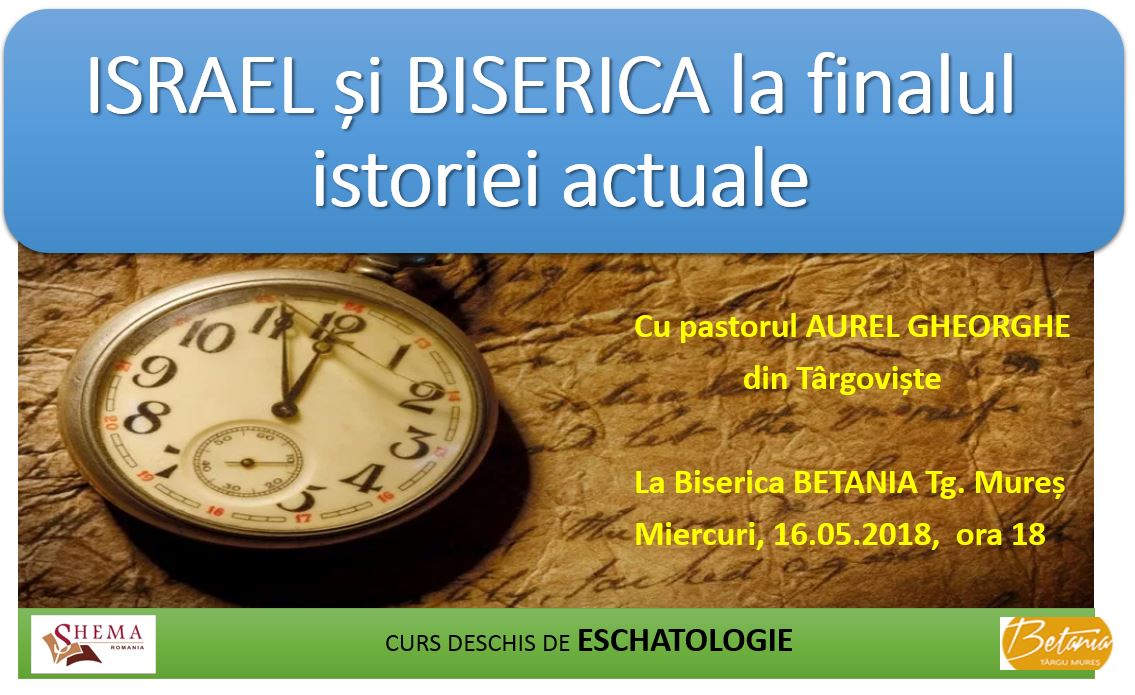









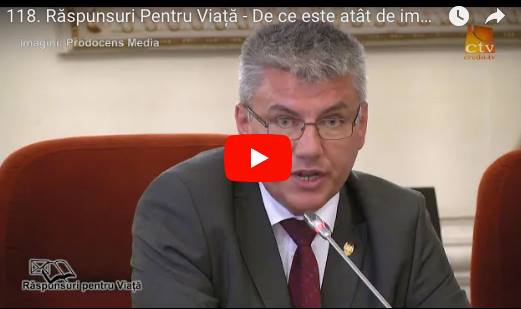












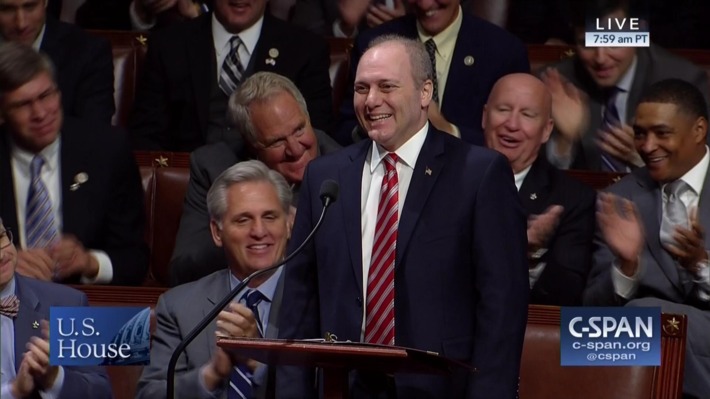



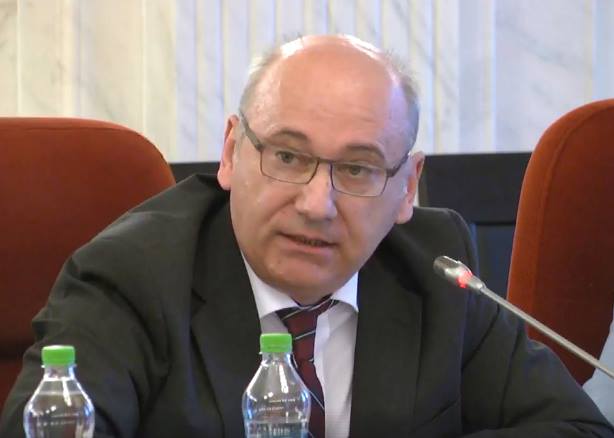



























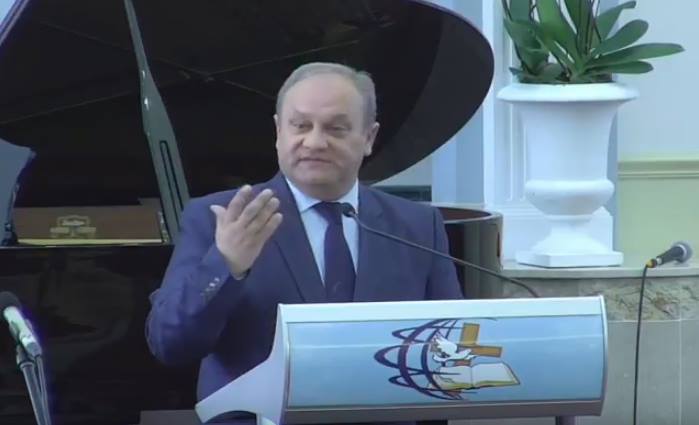









































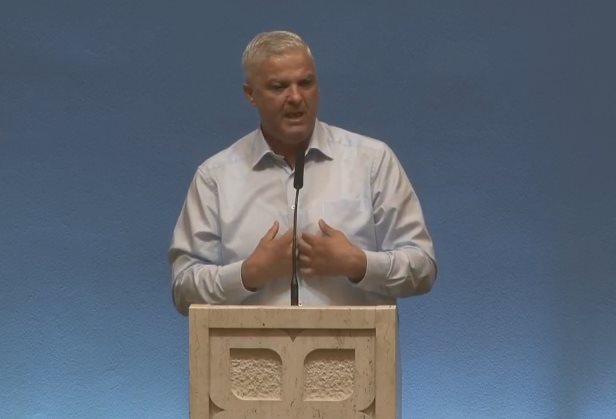
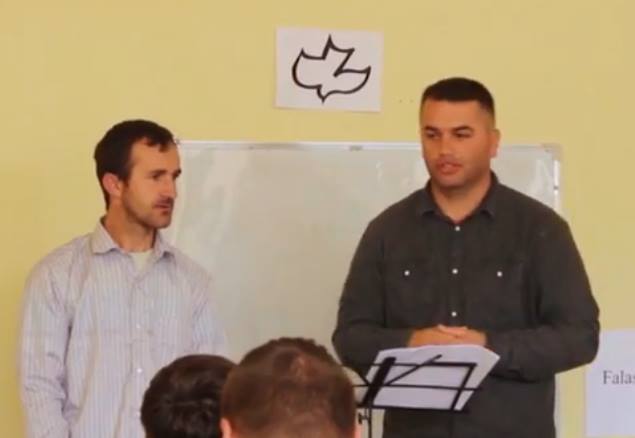







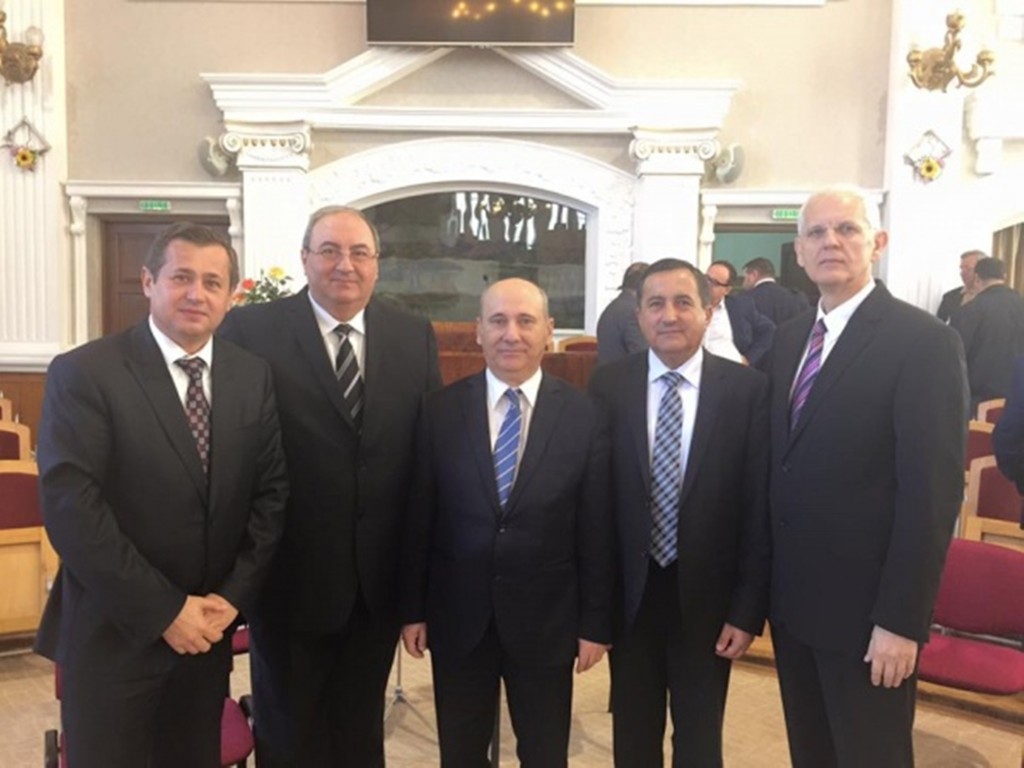





















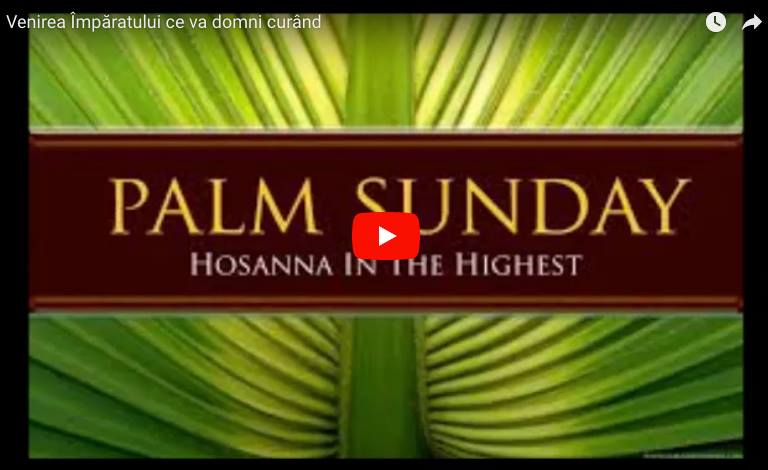







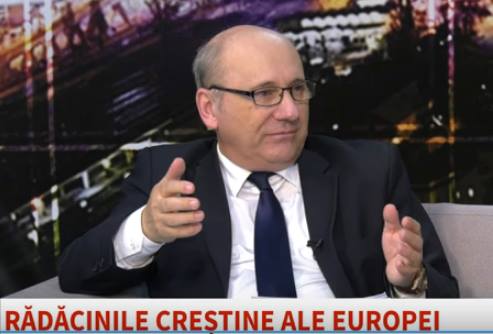








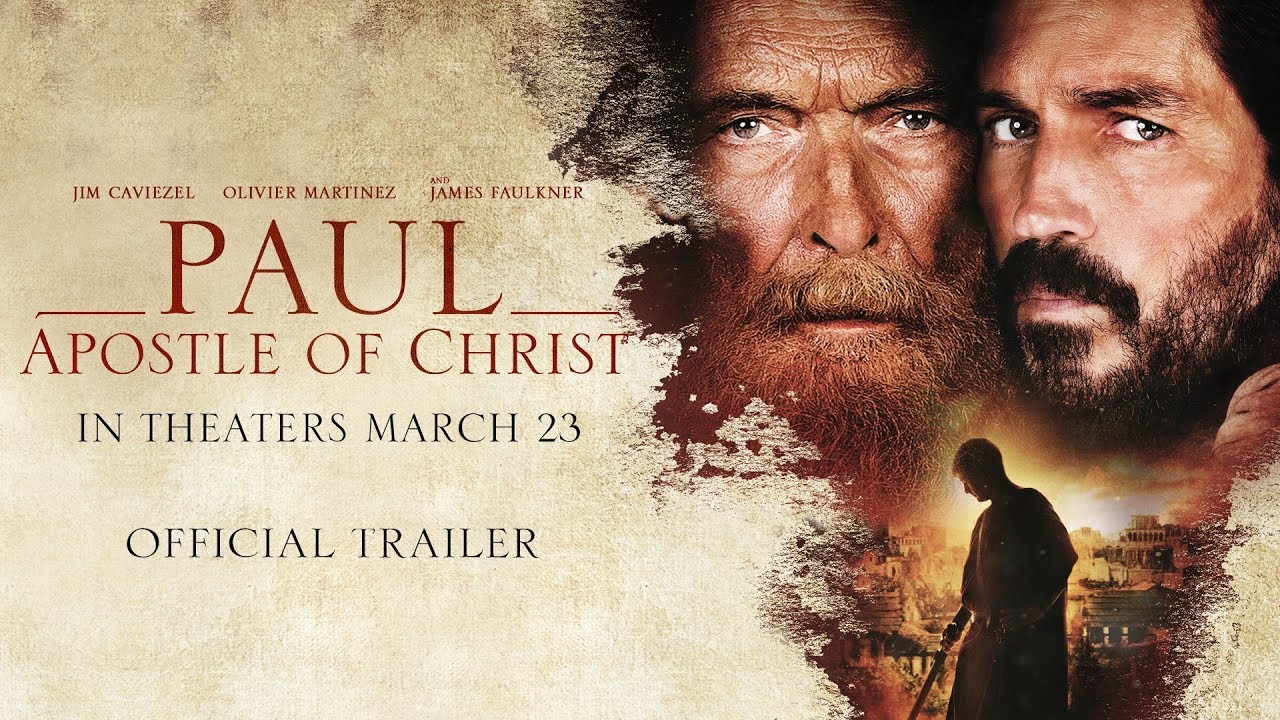


































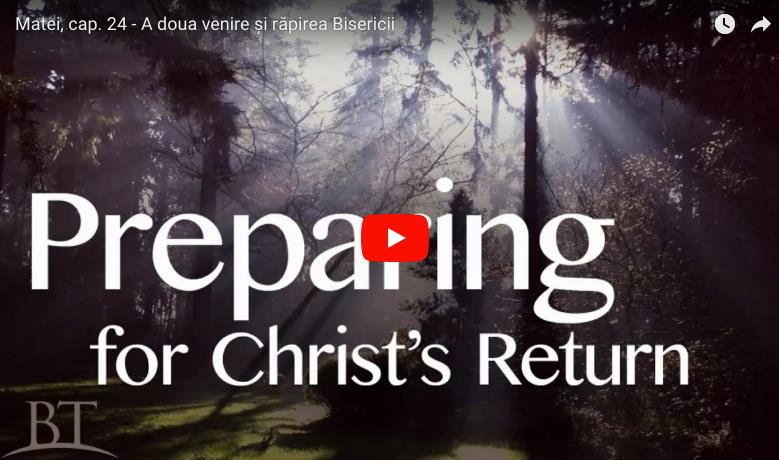












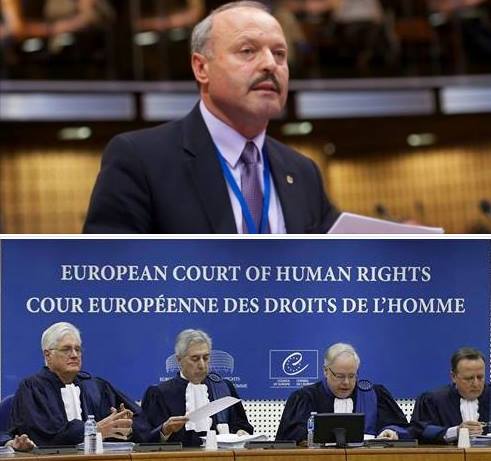













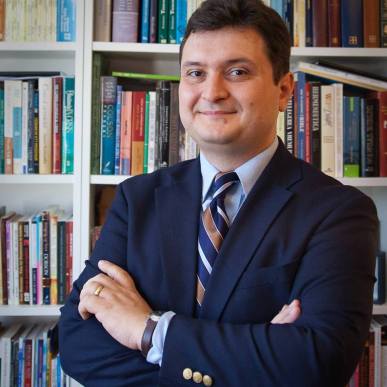

























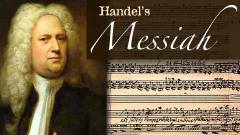








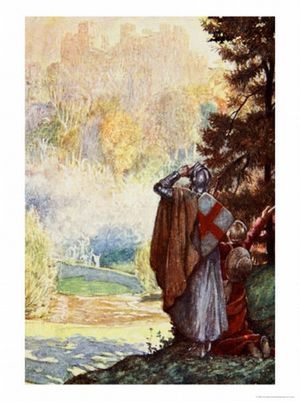



7 comentarii (+add yours?)